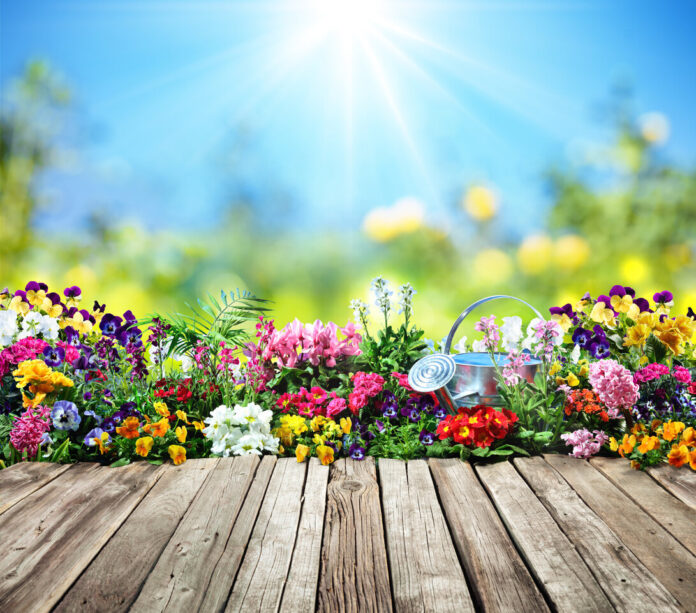Peak heat, lack of precipitation, water conservation… With the summer season, officially starting on June 21, 2023, the risk of drought is not uncommon and forces occasional or professional gardeners to take up a real challenge. Even so, you can create a water-efficient garden that is resistant to high scorching temperatures and drought. Some gestures exist. To protect your plants and save your garden, take a look at these few tips that will be useful to you in the future.
At the end of June, the rising temperatures are not expected to drop for the months of July and August to come. Many periods of heat waves and other heat waves are expected by meteorological forecasters. In addition to the marine fauna, the flora suffers from the restrictions put in place with the sole objective of reducing our water consumption.
To accompany this initiative in favor of the environment, several simple gestures can contribute to the cause. The spacing between the usual daily waterings is necessary. It is best to allow two to three days between garden showers. In addition, this effort gives some benefits to your pretty plants. In this way, a reserve of water is created thanks to this distributed watering and, as surprising as it may seem, this allows your plants to protect themselves from the risk of disease, as Le Figaro demonstrates.
Other aids may be available to you for your greenery. Mulch is a trick used by gardeners to keep plants cool in the summer. The organic elements that compose it slow down the evaporation of water and retain humidity six times longer. What to be able to space the waterings as planned. To do this, the use of wood chips, grass clippings previously dried to prevent the appearance of fungi are excellent solutions for your garden.
Before carrying out all these simple and good gestures for the environment, discover these plants which are resistant to heat as well as to the lack of water, according to Le Figaro.















